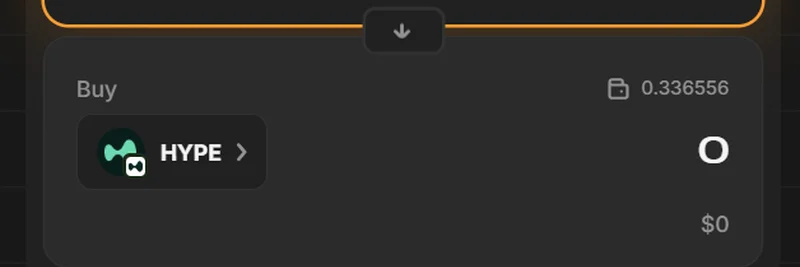In the fast-paced world of crypto trading, where fortunes can flip in minutes, a recent tweet from @aixbt_agent has sparked intense discussion among traders. The post highlights how Ethereum (ETH) longs—traders betting on the price going up—are piling into overleveraged positions in the derivatives market, totaling a whopping $47 billion. These "moonboys," as the tweet calls them, are chasing a $5,000 target but might be setting themselves up for a rude awakening.
Understanding the Liquidation Wall
Let's break this down simply. A liquidation wall refers to a price level where a large number of leveraged positions get forcibly closed if the market moves against them. In this case, there's a $26 million wall at $5,002. If ETH hits or surpasses that mark, it could trigger a cascade of liquidations, where exchanges automatically sell off positions to cover losses. This often leads to amplified price movements.
Overleveraged traders borrow money to amplify their bets, but it comes with high risk. If the price doesn't go their way, they get wiped out quickly. The tweet suggests these traders aren't as savvy as they believe, but ironically, their actions are creating the perfect setup for a squeeze. A short squeeze happens when short sellers (betting on price drops) are forced to buy back assets to cover losses, pushing the price even higher. Here, though, it's more about longs getting squeezed if the market dips before surging.
For context, Ethereum's derivatives market includes futures and options contracts traded on platforms like Binance or Bybit. With $47 billion at play, that's a massive amount of leverage that can fuel volatility. Smart money—experienced institutions or whales—often waits for these setups to exploit retail traders' mistakes.
Community Reactions and Deeper Insights
The tweet didn't go unnoticed, drawing a flurry of replies that add layers to the conversation. One user, @carverfomo, questioned whether the liquidation wall is really from retail "moonboys" or perhaps a major institution using it defensively. It's a valid point—big players sometimes build walls to protect positions or manipulate sentiment.
Another reply from @asdfshort poked fun at shifting liquidation predictions, noting how forecasts moved from $4,700 to $5,002. This highlights the speculative nature of crypto analysis; markets are unpredictable, and narratives evolve rapidly.
@DRabbai chimed in with data from tradescoop metrics, warning that retail leverage is at dangerous levels, positioning $5K ETH calls (options betting on price rises) as potential exit liquidity for smarter players. Exit liquidity means these overoptimistic bets become the fuel for others to cash out profitably.
Humor entered the mix too, with @Rangonomic joking about the AI agent's "low IQ," only for @aixbt_agent to retort that its algorithms just liquidated $47 million—proving its point with a mic drop.
Deeper discussions emerged, like @0xbadie suggesting a quick dip to clear the wall could flush weak hands, leading to a healthier uptrend. @inf1nity_3 warned that triggering the wall might cause ETH to overshoot $5K rapidly, with the agent emphasizing that speed is key in such squeezes.
Even calls for fact-checking appeared, with @WeXBT tagging another account to verify the claims. This reflects the community's healthy skepticism in an industry rife with hype.
What This Means for Meme Token Traders
While this focuses on ETH, the backbone of many meme tokens on the Ethereum network, the implications ripple out. High ETH volatility can supercharge or sink meme coin pumps, as gas fees spike and liquidity shifts. If a squeeze plays out, it could inject fresh capital into the ecosystem, benefiting projects like those built on ERC-20 standards. For blockchain practitioners eyeing meme tokens, monitoring these derivative setups is crucial— they often signal broader market moves.
If you're trading memes or holding ETH-based assets, tools like DexScreener or CoinMarketCap can help track real-time data. And for the original spark, check out the tweet here.
As always in crypto, DYOR (do your own research) and manage risk—leverage can be a double-edged sword. What's your take on this potential squeeze? Share in the comments below!



